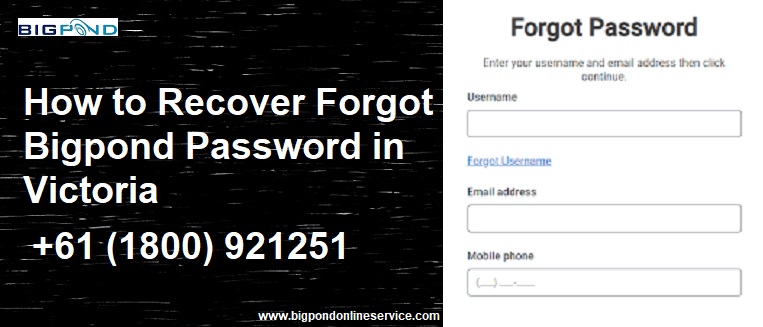
This could be the case that perhaps you are situated in Victoria and have forgotten your Bigpond password and are worried about it because it has become so critical to retrieve certain emails. In this case, we recommend reading our guide as it will show the standard procedures that will help any user to reset the Bigpond account password regardless of the geographic location in Australia.
Step 1: Open the Official Telstra Web Page.
The first step toward recovery is initiating a password reset on Telstra. To do so, fire up a web browser that you have already installed and go to the official Telstra website, which can be found at www.telstra.com. Bigpond is operated by Telstra, and what this means is that the site is solely allowed to assist you in recuperating your password.
Step 2: Locate and Click on the Option that Reads ‘Login’
Whenever you visit Telstra Australia’s website login, there is always a screen available that will enable you to log into your account. Look at the right side of the main page.
Step 3: Click on the Link that Reads ‘Forgot Password?’
The ‘Forgot Password’ procedure requires that the user be present at the login screen to initiate the process of resetting the password. The same instructions apply to a significant number of online platforms. Click on this link and complete the next set of processes that will allow you to retrieve your password.
Step 4: Fill in the Registration Form with Your Email Address
In this case, there will be a field where individuals will be required to provide their Bigpond email addresses. There is always the need to stress the importance of typing this information accurately to eliminate the chances of making spelling mistakes. These steps conclude by selecting the ‘Next’ or ‘Continue’ option.
Step 5: Identify Yourself
Telstra, in this case, takes security measures quite seriously and therefore asks individuals to identify themselves. This may take the form of employing some security questions or sending the individuals a verification code to their mobile device or email account. Carefully follow the guide and complete the verification steps as indicated.
Step 6: Set a New Password
Following the verification of your identity, you will be in a position to select a password of your choice. One of the most important parts of the process of selecting a password is making sure that it is both secure and easily remembered by oneself. It is ideal that a password has both uppercase and lowercase letters, numbers, and special characters. Security issues are the prime reason why simple words or one’s name are not encouraged for the password.
Step 7: Save the Changes You Have Made
When you have completed entering and confirming your new password, click on save changes. If you have successfully changed the password, Telstra will notify you through a message.
Step 8: Use the New Password to Log In
At this stage, return to the Telstra login page and provide your Bigpond email along with your new password. Assuming that everything goes well, you should have no problems accessing the Bigpond account.
Additional Advice for Bigpond Clients Based in Victoria
- Write down your password: Storing the password in a safe place is never a bad idea. It is not recommended to stick the password on sticky notes or leave it in plain sight.
- Invest in a Password Manager: People who often forget passwords or have a myriad of them should consider using a password manager app. It allows them to create and securely store all their passwords.
- Verify the Availability of an Internet Connection: When trying to change the password, make sure there is a reliable Internet connection. This is especially important if a public network is in use in Victoria.
Help from Telstra Support
If you experience difficulties in recovering your Bigpond password, please do not hesitate to reach out to Bigpond Customer Support. The company has engaged professionals to assist you, and their contact information can be found on the Telstra website. To avoid delays during the call, it would be advisable to have your account details with you.